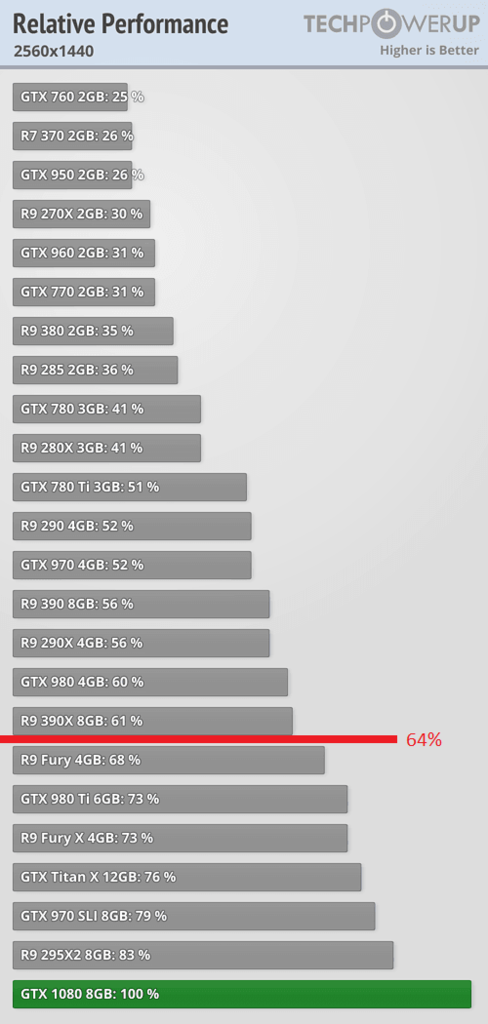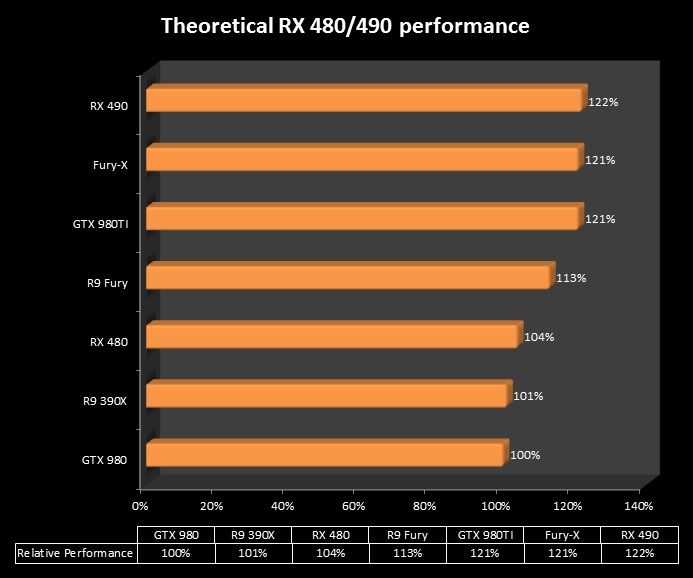Caporegime
Indeed. I would be incredibly surprised if AMD started kitting out a $199 card with GDDR5X.
Also there is the fact that if it is only 390/390x performance, it isnt going to need more bandwith anyway, the 8ghz clocked DDR5 will be fine.
We know the $200 card (480) has 8Ghz GDDR5 (Not X)
The $300 one, who knows...







 .
.
